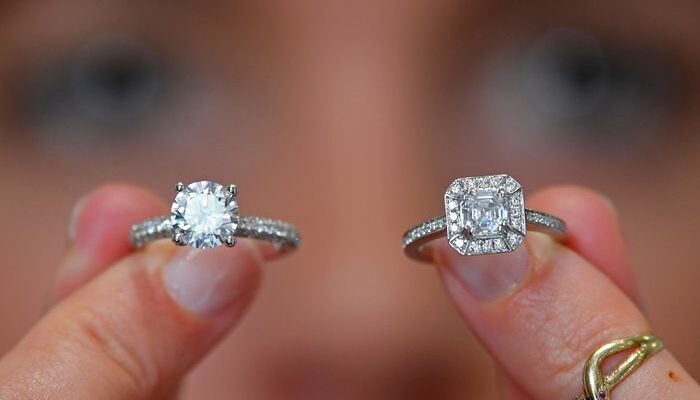Engagement rings signify the promise of love and commitment, often symbolizing the first step towards marriage. Beyond the romantic connotations, the economics of engagement rings is a fascinating topic to explore. The question on many couples’ minds remains: “How much are people really willing to pay?”
History of the Engagement Ring
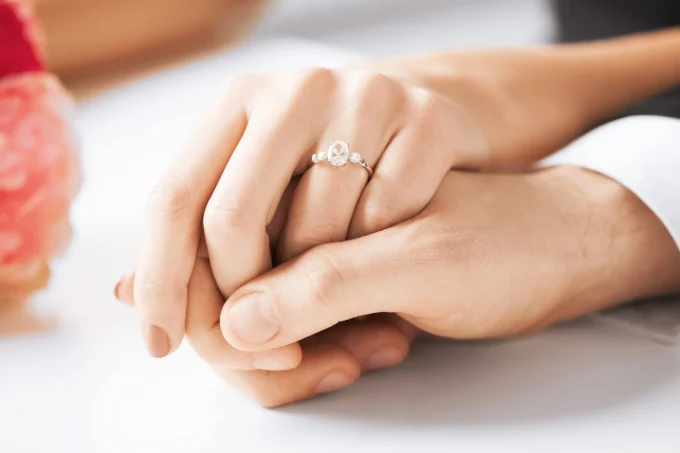
Source: expatica.com
Before delving into the economic aspects, it’s crucial to understand the historical context. The tradition of engagement rings dates back to ancient times. Ancient Romans, for instance, gave rings as a public pledge that contracts would be fulfilled. The diamond engagement ring phenomenon, on the other hand, is relatively new, popularized mainly by a De Beers advertising campaign in the 1930s that coined the slogan, “A Diamond is Forever.” Engagement rings manchester can help you find the perfect one!
The “Three Months’ Salary” Rule
Origin
One of the common benchmarks for how much to spend on an engagement ring is the “three months’ salary” rule. This guideline suggests that individuals should spend about three months of their income on an engagement ring. This “rule” was also a marketing strategy introduced by De Beers in the mid-20th century and has since become a cultural expectation in many places.
Reality Check
In reality, how much people are willing to spend on an engagement ring varies greatly. A survey by The Knot, a popular wedding planning website, reported that in 2021, the average cost of an engagement ring in the United States was around $5,500. This average does not necessarily align with the three months’ salary rule, as income levels differ greatly among individuals and regions.
Factors Affecting Engagement Ring Prices
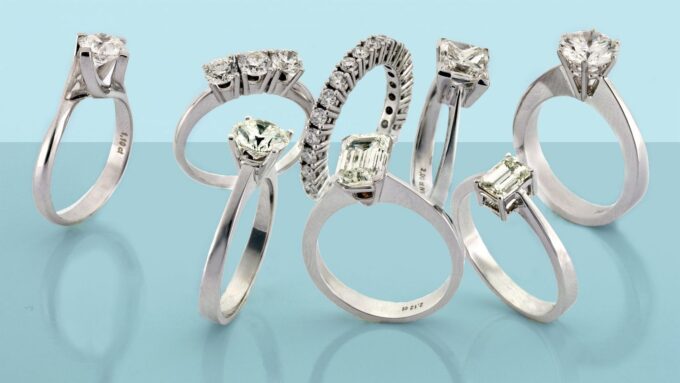
Source: realsimple.com
1. The 4 Cs
One of the significant aspects affecting engagement ring prices is the quality of the diamond, determined by the 4 Cs: cut, carat, color, and clarity. A higher-quality diamond with better cut, color, and clarity, and a larger carat weight will cost significantly more.
2. Metal Type
The type of metal used for the band also affects the price. Platinum bands are typically more expensive than gold.
3. Design Complexity
A more intricately designed engagement ring can also command a higher price due to the labor involved in crafting it.
Global Perspectives
North America
In North America, particularly in the United States, the spending on engagement rings is considerable. As reported earlier, the average spending is around $5,500.
Europe and Asia
In other parts of the world, like Europe and Asia, the spending varies. Some cultures prioritize spending on other aspects of the wedding and marriage, like the wedding ceremony itself or purchasing a home.
The Psychology Behind the Spending
Emotional Value
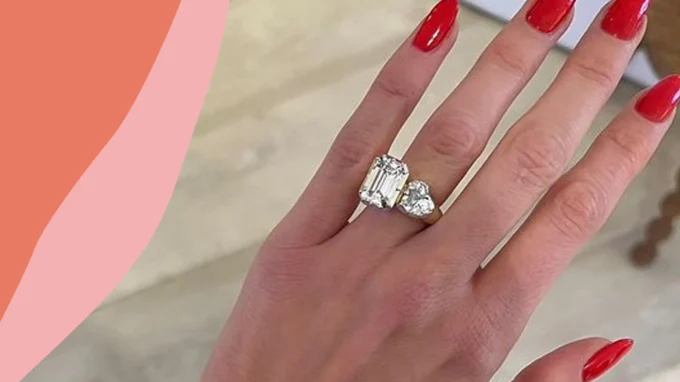
Source: glamourmagazine.co.uk
Engagement rings hold significant emotional value. Many people view the engagement ring as a symbol of love and commitment and are willing to invest substantially in it.
Societal Pressure
There is also considerable societal pressure and expectations surrounding engagement rings. The desire to conform to societal norms and expectations can influence spending, sometimes leading to financial strain.
The Shift Towards Practicality and Sustainability
In recent years, there has been a shift in perspective regarding engagement ring spending. Many couples are opting for more practical, affordable, and sustainable options.
Lab-Grown Diamonds
Many couples now consider lab-grown diamonds, which are ethically sourced and generally more affordable than mined diamonds.
Alternative Gemstones
Others are choosing alternative gemstones like sapphires, emeralds, and rubies, adding a personal touch and often at a lower cost.
Conclusion
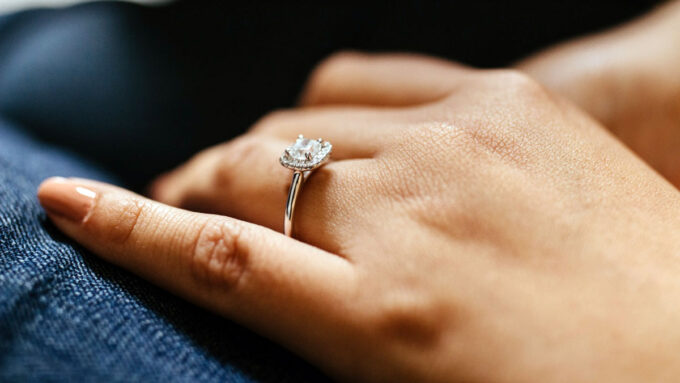
Source: bridilly.com
Engagement Ring Economics involves various factors, from historical and cultural traditions to individual financial capacities and priorities. While the “three months’ salary” rule is a well-known guideline, actual spending on engagement rings varies widely worldwide and even within regions.
Today, many couples prioritize practicality and sustainability, opting for affordable and ethically sourced options. The most crucial aspect remains the symbolic value of the engagement ring, representing love, commitment, and the promise of a shared future.
In the journey to choose the perfect engagement ring, understanding the economic aspects can provide clarity and help in making an informed, balanced, and personal decision.

